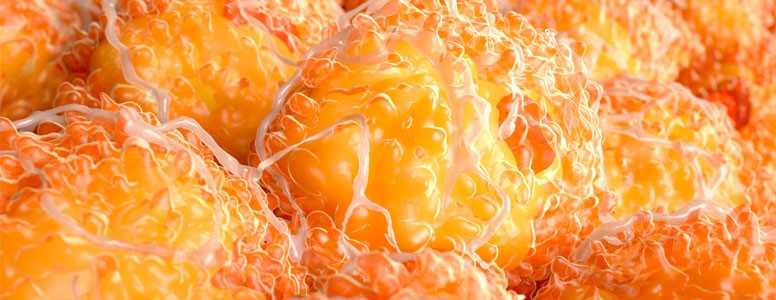German researchers at the Albert-Ludwigs-Universität Freiburg have identified a particular enzyme that can rev up fat metabolism and lead to the formation of more highly energy-expending type of fat cells, called brown adipocytes.
Regulating this enzyme could be a way to harness the metabolic flexibility of having one type of fat changing into another – potentially more beneficial – one, for the treatment of metabolic disorders linked to a dysfunction of fat cells, such as type 2 diabetes.
Fat cells can start to expend excess energy instead of storing it depending on physiological conditions and their location in the body. We know from previous research that certain hormetic (mild) stresses on the body, such as physical exercise, fasting and cold exposure can change fat cell metabolism.
Cold immersion like cryotherapy, for example, releases norepinephrine as part of the body’s fight-or-flight response to a stress in each tissue. This activates a pathway that causes energy metabolism to ramp up as the body is trying to generate heat.
This process is called thermogenesis, and the Freiburg researchers believe an enzyme known as lysine-specific demethylase 1 (Lsd1) plays an active role in regulating it.
During thermogenesis, the mitochondria, which are the energy-producing organelles inside of the cells, get activated in fat tissue through the action of a gene called Uncoupling Protein 1 (UCP1).
The mitochondria are like batteries, they are always charged. They have a negative charge on the inside and a positive charge on the outside. When that charge is there, the body knows it’s making energy.
UCP1 cancels out that charge, and the body quickly starts to ramp up fat metabolism to make up for what it suspects to be an important energy loss.
In order to do that, the body is essentially making more mitochondria in the fat cells, which is often called brown fat, because under a microscope, fat cells that have more mitochondria look brown. As a result of the browning of fat, the body starts to burn fat and creates heat as a by-product.
In this study, researchers show that Lsd1 may turn on this browning effect by eliciting a brown fat gene program, including among others, UCP1, in subcutaneous white fat cells.
When researchers decreased Lsd1 in mice, the animals started to use less fatty acid for fuel and subsequently gained weight. In addition to that, existing brown fat cells seemed to revert back to being white fat cells.
Overall, the findings suggest that the more Lsd1 is expressed, the more the body is browning fat, thereby increasing mitochondria in the fat and promoting fat burning rather than storage.
What's new on the forum? ⭐️
Get our free newsletters
Stay up to date with the latest news, research and breakthroughs.





